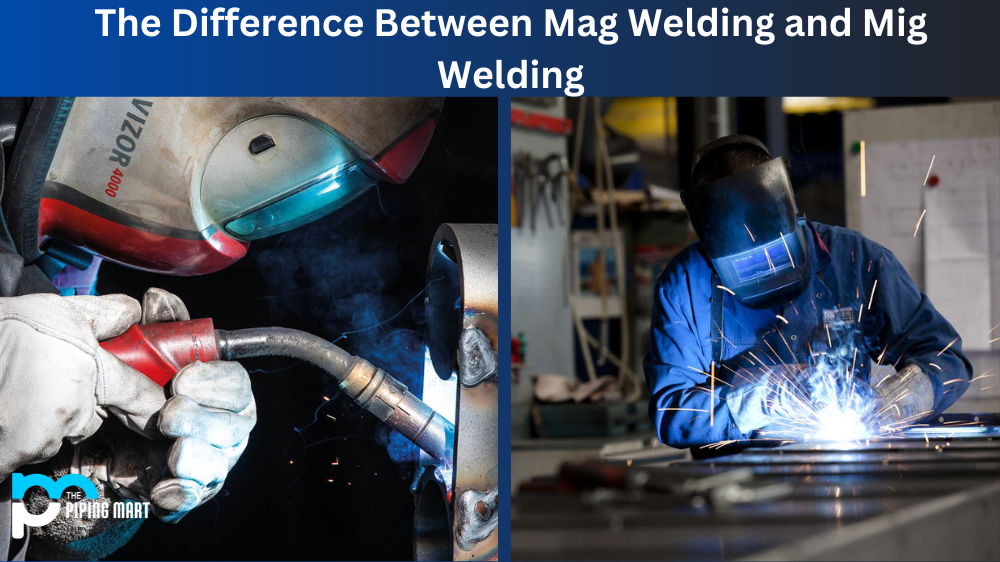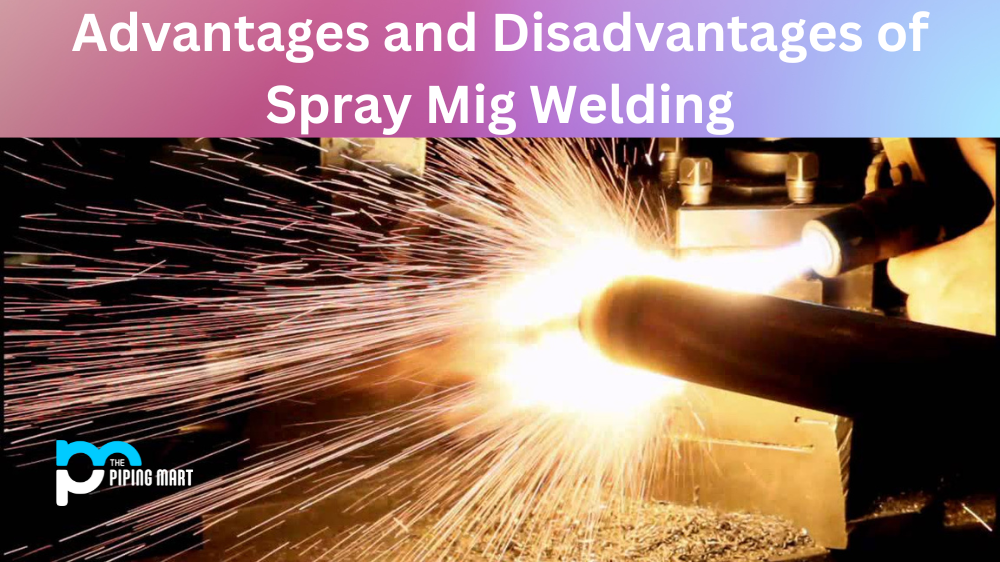As welding technology continues to evolve, it’s essential to understand the difference between two popular methods: MAG (Metal Active Gas) welding and MIG (Metal Inert Gas) welding. Both welding methods produce strong, durable welds that are ideal for various applications. However, there are a few key differences between the two that can help you determine which is best suited for your project.
MAG Welding
MAG welding is an arc-based welding process that uses a consumable wire electrode and an inert gas shield to protect the weld area from oxidation and contamination. This process is often used with steel alloys, stainless steel, aluminum, magnesium, and other metals. One of the main benefits of MAG welding is its high deposition rate; in many cases, it’s more than twice as fast as traditional arc welding processes.
MIG Welding
MIG (Metal Inert Gas) welding utilizes an inert gas shield to protect the weld area from atmospheric contamination. But unlike MAG welding, it requires no consumable electrodes. Instead, metal is melted by passing current through a metallic wire feeder that acts as electrode and filler material for the weld joint. This makes it easier for novice welders to learn since there’s no need to change electrodes or manually feed them into the arc. Additionally, MIG offers better control over weld puddle formation, which can be helpful when working with thinner materials or tight spaces where precise heat input is critical.
Difference Between Mag Welding and Mig Welding
- Mag welding, or metal active gas welding, is a type of welding that uses an electric arc to weld metal. The arc is created between the electrode and the workpiece, and the heat generated by the arc melts the metal.
- Mig welding, or metal inert gas welding, is a type of welding that uses an electric arc to weld metal. The arc is created between the electrode and the workpiece, and the heat generated by the arc melts the metal.
- Mag welding uses a shielding gas that contains active metals, such as magnesium or aluminum. This gas helps to protect the weld from oxidation.
- Mig welding uses a shielding gas that does not contain active metals. This gas helps to protect the weld from contamination.
- Mag welding is typically used for thin metal, such as sheet metal or tubing. Mig welding is generally used for thicker metals, such as plate steel.
Conclusion:
MAG and MIG welding offers tremendous advantages depending on your specific project needs. For larger projects where speed is key, MAG may be the right choice; however, if precision and control are more important, then MIG should be your go-to option. Ultimately, it comes down to personal preference, so do research before deciding which method will work best for you!

Abhishek is a seasoned blogger and industry expert, sharing his insights and knowledge on various topics. With his research, Abhishek offers valuable insights and tips for professionals and enthusiasts. Follow him for expert advice on the latest trends and developments in the metal industry.




